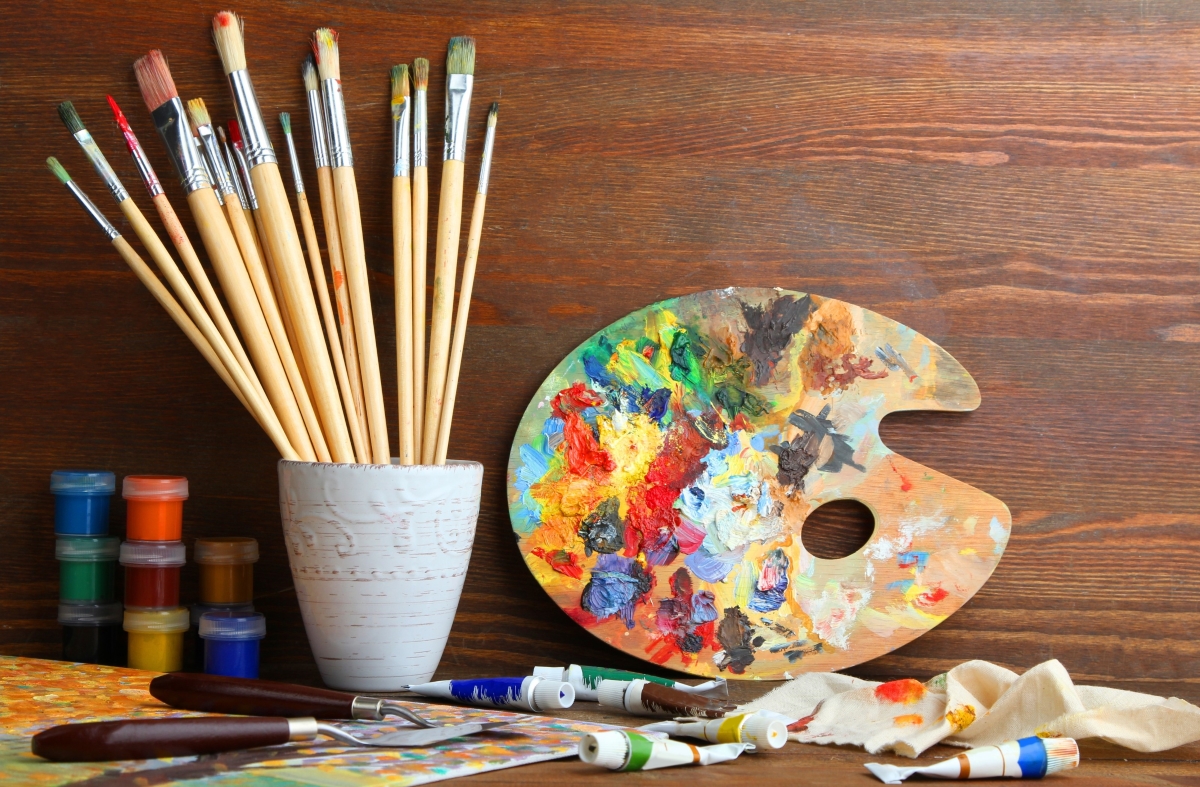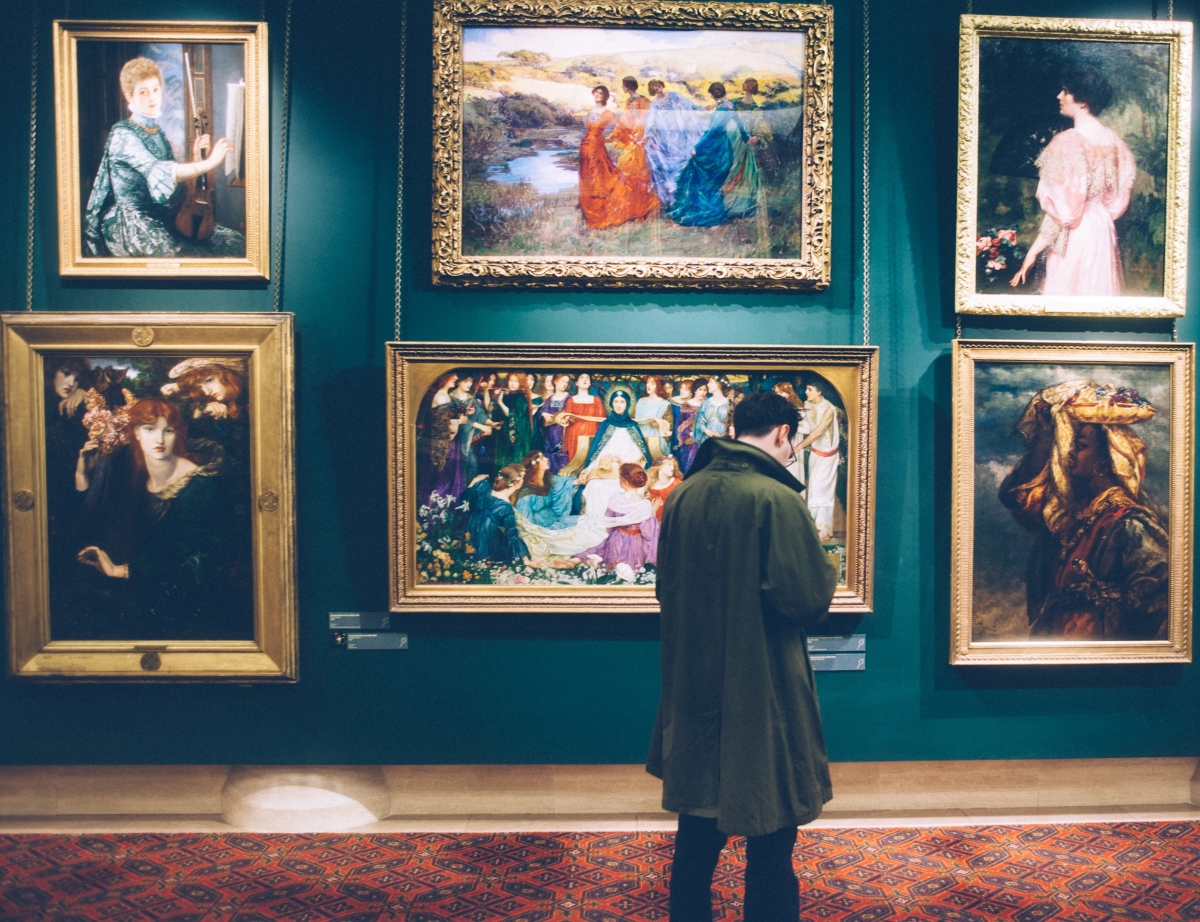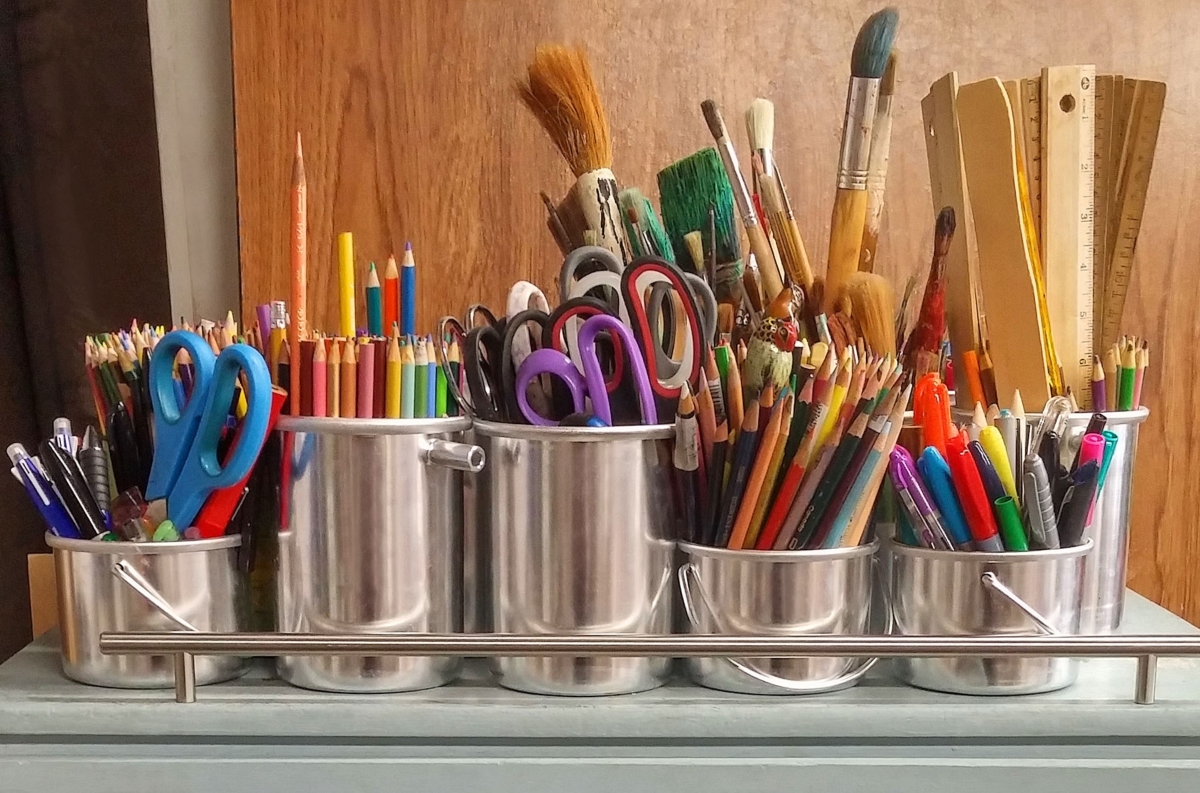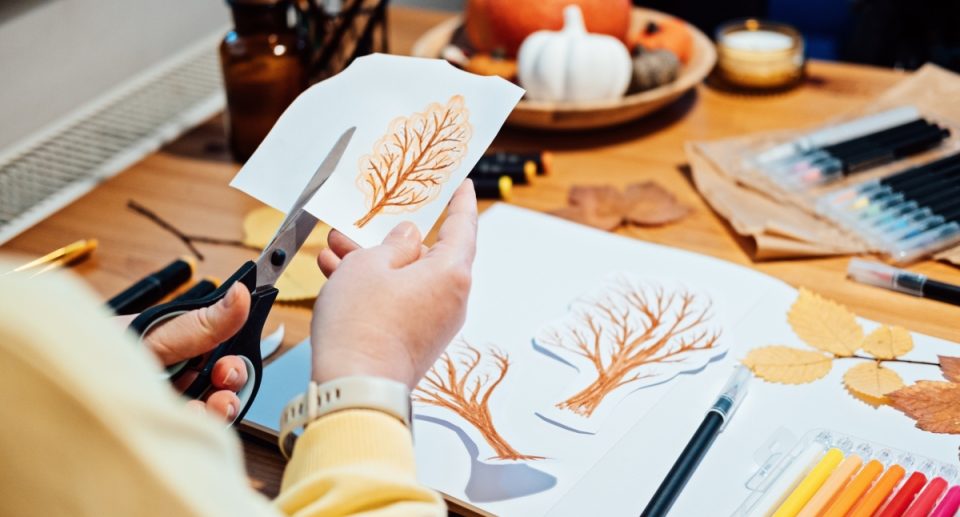Art and Creativity: Exploring Your Artistic Side in Retirement

Retirement often signifies a time of reflection, relaxation, and the pursuit of long-held dreams. Among these dreams, exploring creativity and diving into artistic endeavors can be exceptionally fulfilling. Embracing art in your later years isn’t just a pastime; it’s a powerful way to enhance your well-being, connect with others, and rediscover joy. This guide delves into why art is so beneficial, how to get started, and the various forms of artistic expression available.
The Benefits of Artistic Pursuits in Retirement
Engaging in art offers a myriad of benefits that extend beyond mere enjoyment. Studies have shown that creative activities can positively impact mental health, cognitive function, and overall quality of life. Here are some compelling reasons to consider incorporating art into your retirement:
- Mental Stimulation: Artistic activities stimulate the brain in unique ways. Whether painting, sculpting, or writing, these activities require problem-solving and decision-making, which keep the mind sharp and engaged.
- Emotional Expression: Art provides a healthy outlet for expressing emotions. It can be a way to process feelings, share personal experiences, or simply unwind and relax.
- Social Connection: Joining art classes or groups creates opportunities for social interaction. Engaging with others with similar interests fosters new friendships and combats feelings of loneliness.
- Sense of Achievement: Completing a piece of art, no matter how small, can instill a sense of accomplishment and boost self-esteem.
- Stress Relief: Immersing yourself in a creative project can be a great way to alleviate stress. Creating helps shift focus away from daily worries and promotes relaxation.
Getting Started with Art in Retirement

Embarking on an artistic journey can initially feel overwhelming, especially if you’re new to the world of creativity. However, the process can be enjoyable and rewarding with the right approach. Here’s how to get started:
- Discover Your Interests: Reflect on what forms of art intrigue you. Are you drawn to painting, drawing, writing, or perhaps crafting? Identifying your interests can help you choose the right medium to explore.
- Start Small: Begin with simple projects to build confidence and gradually work your way up. For example, if you’re interested in painting, start with basic sketches and small canvases.
- Take Classes: Many communities offer art classes specifically tailored for seniors. These classes provide instruction, materials, and a supportive environment to develop your skills.
- Utilize Online Resources: If in-person classes aren’t an option, numerous online tutorials and courses are available. Websites like YouTube, Coursera, and Skillshare offer a wealth of information for artists of all levels.
- Create a Comfortable Space: Set up a dedicated area for your artistic endeavors. A well-organized, comfortable space can enhance creativity and make the process more enjoyable.
Exploring Different Forms of Art

There are countless ways to express yourself artistically. Here are some popular forms of art that you might consider exploring:
- Painting and Drawing: These traditional forms of art allow for endless creativity. Experiment with various techniques, from watercolors and acrylics to charcoal and pastels. Classes and workshops can guide you through the basics and help you develop your style.
- Sculpting and Pottery: Working with clay or other materials to create three-dimensional art can be deeply satisfying. Pottery classes often provide hands-on instruction and an opportunity to craft functional and decorative items.
- Writing: Writing is a versatile art form that can include poetry, short stories, memoirs, or even journaling. Join a writing group or take a workshop to develop your skills and connect with fellow writers.
- Crafting: If you enjoy working with your hands, consider crafting activities like knitting, quilting, or woodworking. These projects can be relaxing and rewarding, often resulting in beautiful, tangible creations.
- Photography: Capturing images can be a wonderful way to express your artistic vision. Photography allows you to explore your surroundings from a fresh perspective and preserve memories.
Overcoming Common Challenges

While the benefits of artistic expression are numerous, some challenges may arise. Addressing these can help ensure a positive experience:
- Fear of Failure: It’s normal to feel apprehensive about your skills. Remember, art is a personal journey, and the process is as important as the outcome. Embrace mistakes as opportunities to learn and grow.
- Finding Time: Balancing artistic pursuits with other responsibilities can be tricky. Set aside dedicated time for your art and treat it as a valuable part of your routine.
- Limited Resources: If budget constraints are a concern, look for affordable materials and explore local resources. Many communities offer free or low-cost art supplies and workshops.
- Physical Limitations: Adapt your artistic activities to accommodate any physical challenges. For example, use ergonomic tools or modify techniques to suit your comfort level.
Connecting with the Artistic Community

Engaging with other artists can enrich your experience and provide additional motivation. Here are some ways to connect with the artistic community:
- Join Art Groups: Local art clubs and groups often welcome new members and provide opportunities for collaboration and feedback.
- Attend Exhibitions: Visiting art exhibitions and shows can inspire and expose you to different styles and techniques.
- Participate in Art Fairs: Many communities host art fairs where you can showcase your work, meet other artists, and engage with the public.
- Volunteer: Consider volunteering at local art organizations or events. This involvement can deepen your connection to the art world and provide additional growth opportunities.
Conclusion

Artistic exploration in retirement is about more than just creating beautiful pieces; it’s a journey of self-discovery and fulfillment. Whether revisiting a long-forgotten passion or trying something new, embracing your creative side can bring immense joy and satisfaction.
Remember, the most important aspect of art is the personal meaning and enjoyment it brings. Don’t be afraid to experiment, take risks, and, most importantly, have fun. Your artistic journey is uniquely yours, and it’s never too late to start.
Integrating art into your retirement opens the door to a world of creativity and possibility. So pick up that paintbrush, dust off that notebook, or roll up your sleeves for crafting—your artistic adventure awaits.





